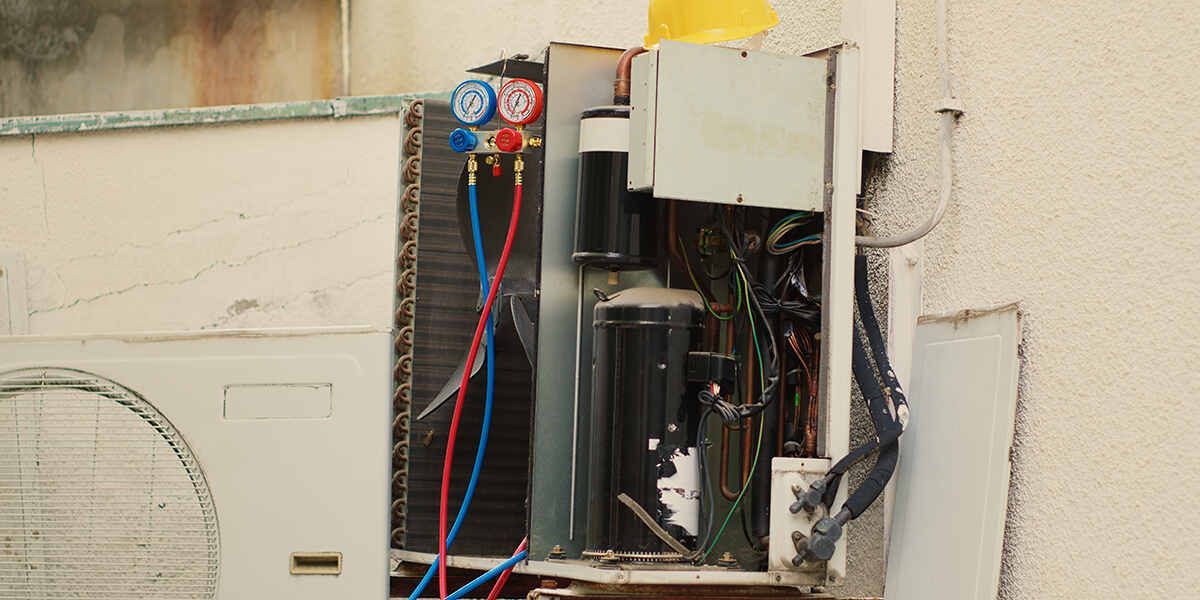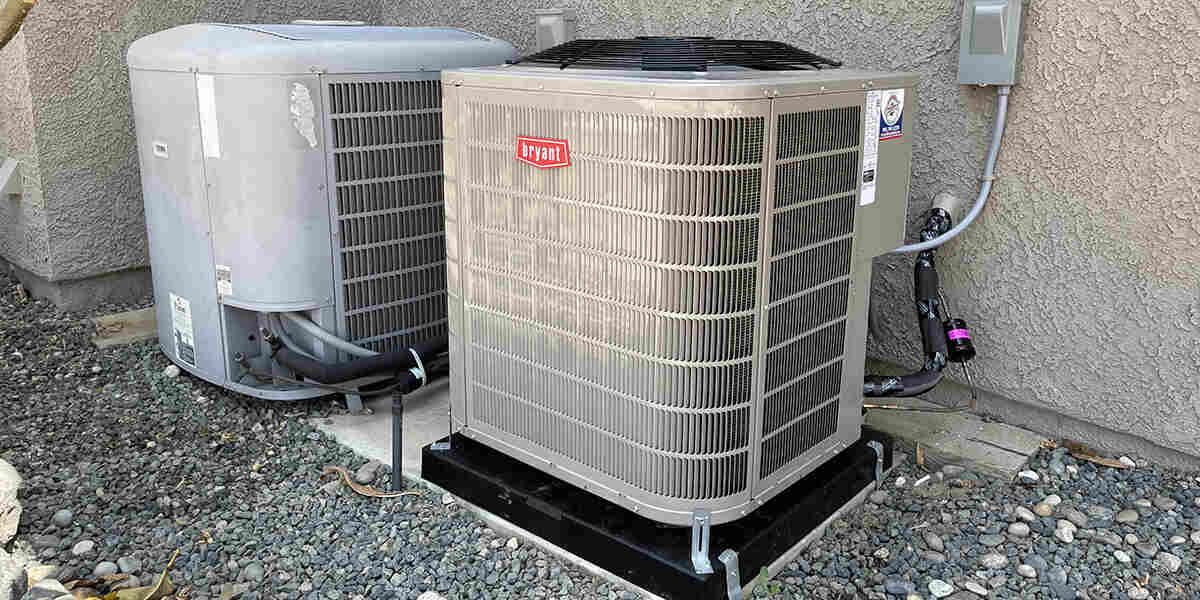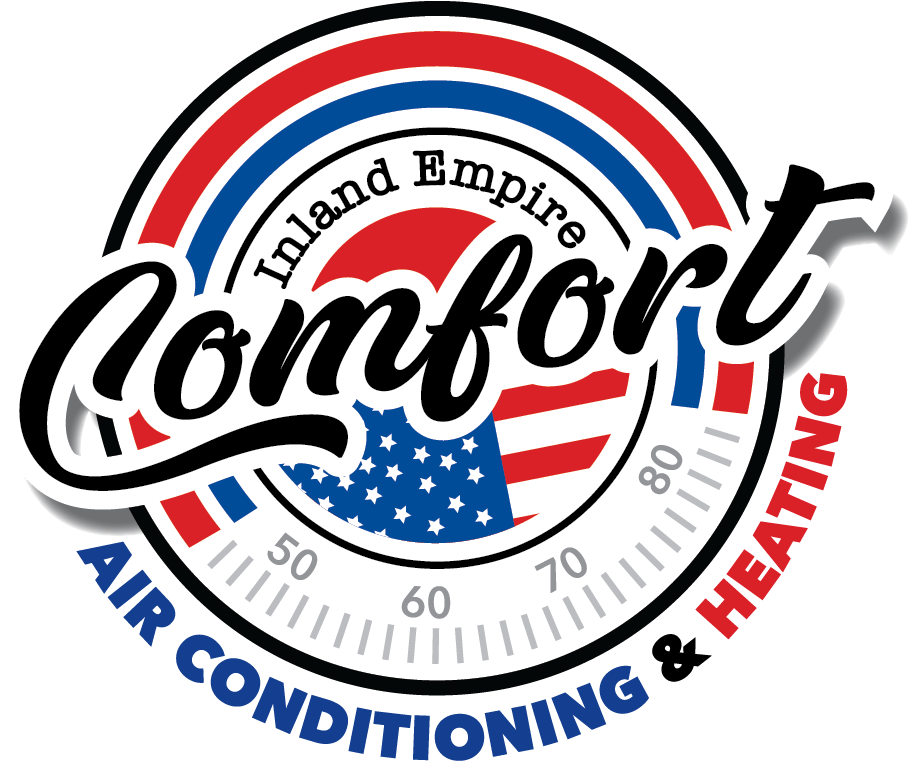Can You Add Zones to an Existing HVAC System in Riverside, CA?
Can you add zones to an existing HVAC system? It’s a fairly neat solution if you ever want to adjust the temperature in different parts of your home without completely renovating.
As specialists in heating and air conditioning Riverside residents trust, we at Inland Empire Comfort know a thing or two about retrofitting HVAC zones to boost their functionality. Keep reading as we lend some insight and help you discover if this route is worth exploring for your household.
What’s HVAC Zoning?
Do you find yourself needing to over-cool your living room just to keep your bedroom comfortable at night? Maybe one part of your Riverside house always feels too cold while another feels too warm, no matter how you set the thermostat.
You can fix that by creating different “zones” or areas that operate independently. This system typically utilizes multiple thermostats connected to a central control panel, but what if you want to implement it into your current setup?
Creating a Multi-Zone HVAC Structure in Riverside, CA
Can you add zones to an existing HVAC system? A Riverside specialist will likely have to install:
- Duct dampers: Adjustable plates or valves inside the ductwork can regulate the amount of air reaching different zones for precise temperature control.
- Bypass ducts: Additional pathways create better distribution and maintain system balance by redirecting excess air. This helps prevent pressure build-up and helps enhance the overall efficiency of your HVAC system.
- Variable speed equipment: A technician might recommend upgrading your HVAC system to include a versatile blower or compressor, which can adjust the airflow and cooling output to match the specific needs of each zone.
Should You Add HVAC Zones?
Some property owners in Riverside believe that adding multiple zones also improves system efficiency and lowers utility bills. This rings true in some cases, but in others, the changes made prove detrimental over time. You’re essentially pushing the limits of a system not initially designed for zoning, which could lead to increased wear.
The evaporator coils will dip below their ideal temperatures as the bypass ducts return excess air back into the system. Single-speed blowers may also struggle to handle the load and cycle on and off more frequently.
The result? A system prone to a higher likelihood of breakdowns and potentially hefty repair costs.
Is Your Riverside Home an Excellent Candidate for an HVAC Zone Upgrade?
With so many variables and potential factors to consider, it’s easy to feel overwhelmed. Can you add zones to an existing HVAC system? Instead of relying on guesswork, Inland Empire Comfort has you covered.
We can assess the layout of your ductwork and the capabilities of your equipment, then make HVAC zone control recommendations that align with your specific needs and budget. Our experienced crew will always discuss the pros and cons in detail, so you feel confident when making your decision.
Dial
951-336-1892
today—or read more of our blog and discover the best types of HVAC for homes.
You might also like
Inland Empire Comfort
Book a Service Today
We will get back to you as soon as possible
Please try again later
Location
19071 Newsome Rd Riverside, CA 92508
NAVIGATION LINKS
All Rights Reserved | Inland Empire Comfort



